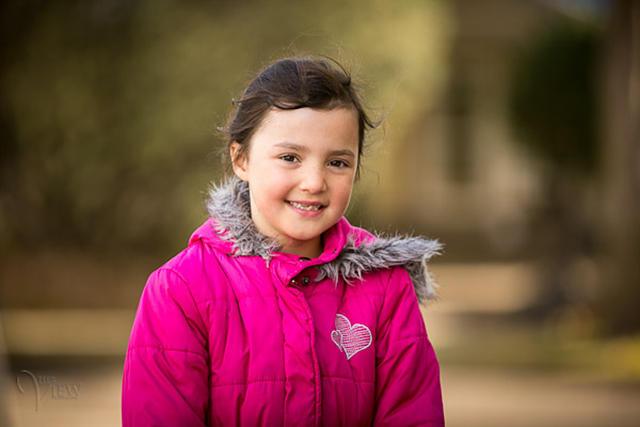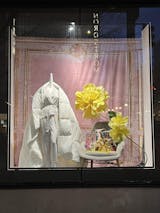
How to create a bokeh effect in portrait photos
Share
One question I am often asked is: how can I take the beautiful and soft blur background effect shown in the photo above.
Many new photographers have a misunderstanding that this effect can only be achieved by buying an expensive lens with a large aperture.
Although a large aperture will bring a shallower depth of field to your photos, people seem to have ignored or never heard of two other factors that can create this blurred background.
In this article, I will tell you these three factors that can create a beautiful blurred background, and teach you how to use your existing lens to take such a photo.
The three factors that affect the degree of background blur are:
-
Aperture size
-
The focal length of the lens
-
The distance between the subject and the background
In order to show the blur effect of these three factors on the background, I took some photos of my friend’s daughter. When taking the first group of four photos, she was about 60 cm away from the front door of the house in the background.
The focal lengths of the several lenses I used when shooting were 16mm, 35mm, 70mm and 150mm respectively. I used the same aperture size when I took the 8 photos below, but I won't reveal how big they are.
Please note that I am using a Canon 5D Mark III, which is a full-frame camera. If your camera uses a smaller size sensor (such as the APS-C frame sensor), the following effects will be obtained The focal length used should be approximately 11mm, 24mm, 50mm and 100mm.
These are four photos of the second group. The girl is about 6 meters away from the house in the background. Every time I change lenses, I will stay away from her a little bit to keep her size as consistent as possible on the photo.
Please pay attention to the blur of the background in the second set of photos, especially the one taken with the longest focal length lens. You should see the relationship between the degree of blur and the focal length of the lens.
Remember, the aperture size of these eight photos are all the same. The only difference in the first group of photos is the focal length of the lens. The only factor that changes when the second group of photos is taken is the distance between the girl and the background. distance.
So let's look at the effect of aperture on the degree of blur.
As I said before, I deliberately didn't tell you the size of the aperture in the previous two sets of photos. I wonder if you will be surprised when I tell you that they were all shot with f/5.6 aperture.
But that's the case. All the above photos were taken at an aperture of f/5.6. This does not seem to be the first aperture setting that everyone thinks of when shooting a blurred background.
Your kit lens should have f/5.6, right? In this way, would you still think that without a large aperture lens worth thousands and tens of thousands of dollars, it is impossible to shoot a virtual background? Think again, please keep reading.
Make another comparison with f/2.8 aperture
In order to demonstrate the effect of the aperture size on the degree of background blur, I took two sets of photos with an aperture setting of f/2.8. The first group also had the girl closer to the house, and the second group had her far away from the house.
Please observe the focal length of the lens, the distance of the subject from the background and the larger aperture which factors have the greater influence on the degree of background blur. It can be found that the background blur of these two groups of photos and the first two groups of photos with f/5.6 aperture are not much similar.











